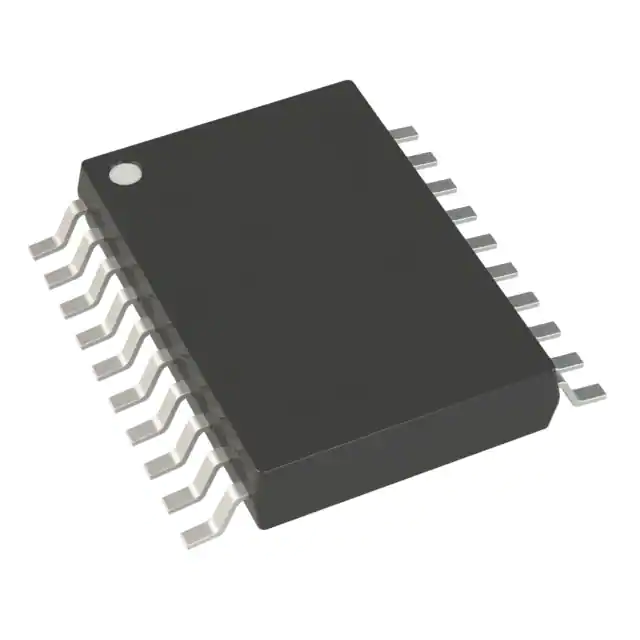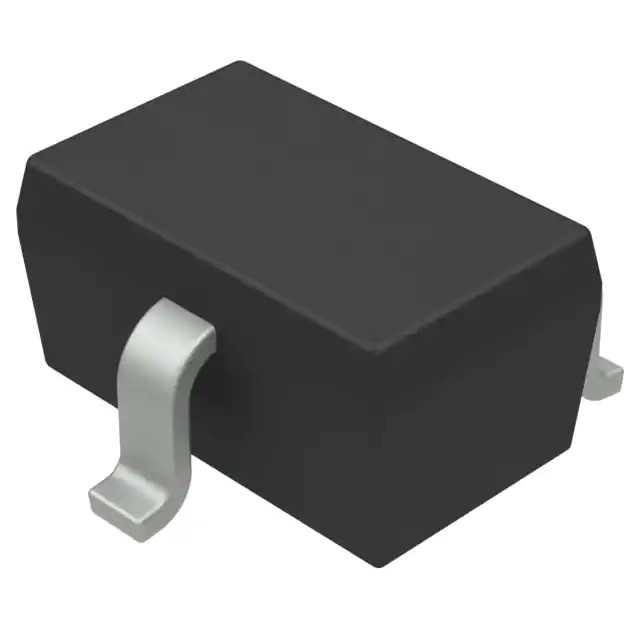Hello! now About Us
Welcome to DCZY!
New customer?Start here.
Working principle of transformer.
9/18/2024 8:52:54 PM
A transformer is an electrical device used for the conversion of electrical energy. It can change the magnitude of voltage and facilitate the transmission of electrical energy between different circuits without the need for direct connection between them. The working principle of a transformer is primarily based on the phenomenon of electromagnetic induction, and its core components include windings and a core. Here is a detailed explanation of the working principle of a transformer:
1. Basic Structure:
- Windings: There are usually two or more insulated conductor windings, known as the primary winding and the secondary winding.
- Core: The magnetic material around which the windings are wrapped, typically made of ferrous material, used to enhance the efficiency of the magnetic field.
2. Electromagnetic Induction:
- When alternating current (AC) passes through the primary winding, it creates a changing magnetic field in the core.
- According to Faraday's law of electromagnetic induction, the changing magnetic field induces an electromotive force (voltage) in the secondary winding.
3. Voltage Transformation Principle:
- The number of turns in the primary and secondary windings are different, and the turn ratio is directly proportional to the voltage ratio. If the secondary winding has more turns than the primary winding, then the voltage on the secondary side will be stepped up, and this type of transformer is called a step-up transformer.
- Conversely, if the secondary winding has fewer turns than the primary winding, then the voltage on the secondary side will be stepped down, and this type of transformer is called a step-down transformer.
4. Energy Conversion:
- The transformer itself does not generate or consume energy; it merely transfers electrical energy from the primary side to the secondary side.
- The efficiency of energy conversion is very high, with modern transformers typically having an efficiency of over 95%.
5. Phase Relationship:
- Under ideal conditions, the phase of the voltage on the primary and secondary sides is the same because they are generated by the same magnetic field.
6. Polyphase Transformers:
- For three-phase power systems, transformers can be designed as three-phase transformers, with each phase having its own winding.
7. Autotransformers and Isolation Transformers:
- The primary and secondary windings of an autotransformer are electrically connected, so the voltage ratio between them is usually 1:1.
- The primary and secondary windings of an isolation transformer are completely isolated, with no electrical connection, providing electrical isolation for safety and noise suppression.
Transformers are widely used in power systems, electronic devices, and industrial equipment for voltage conversion, current conversion, isolation, and pulse shaping, among other applications.
1. Basic Structure:
- Windings: There are usually two or more insulated conductor windings, known as the primary winding and the secondary winding.
- Core: The magnetic material around which the windings are wrapped, typically made of ferrous material, used to enhance the efficiency of the magnetic field.
2. Electromagnetic Induction:
- When alternating current (AC) passes through the primary winding, it creates a changing magnetic field in the core.
- According to Faraday's law of electromagnetic induction, the changing magnetic field induces an electromotive force (voltage) in the secondary winding.
3. Voltage Transformation Principle:
- The number of turns in the primary and secondary windings are different, and the turn ratio is directly proportional to the voltage ratio. If the secondary winding has more turns than the primary winding, then the voltage on the secondary side will be stepped up, and this type of transformer is called a step-up transformer.
- Conversely, if the secondary winding has fewer turns than the primary winding, then the voltage on the secondary side will be stepped down, and this type of transformer is called a step-down transformer.
4. Energy Conversion:
- The transformer itself does not generate or consume energy; it merely transfers electrical energy from the primary side to the secondary side.
- The efficiency of energy conversion is very high, with modern transformers typically having an efficiency of over 95%.
5. Phase Relationship:
- Under ideal conditions, the phase of the voltage on the primary and secondary sides is the same because they are generated by the same magnetic field.
6. Polyphase Transformers:
- For three-phase power systems, transformers can be designed as three-phase transformers, with each phase having its own winding.
7. Autotransformers and Isolation Transformers:
- The primary and secondary windings of an autotransformer are electrically connected, so the voltage ratio between them is usually 1:1.
- The primary and secondary windings of an isolation transformer are completely isolated, with no electrical connection, providing electrical isolation for safety and noise suppression.
Transformers are widely used in power systems, electronic devices, and industrial equipment for voltage conversion, current conversion, isolation, and pulse shaping, among other applications.
Latest Products
-
AD9834BRUZ
Analog Devices Inc.
-
BAV99W,135
Nexperia USA Inc.
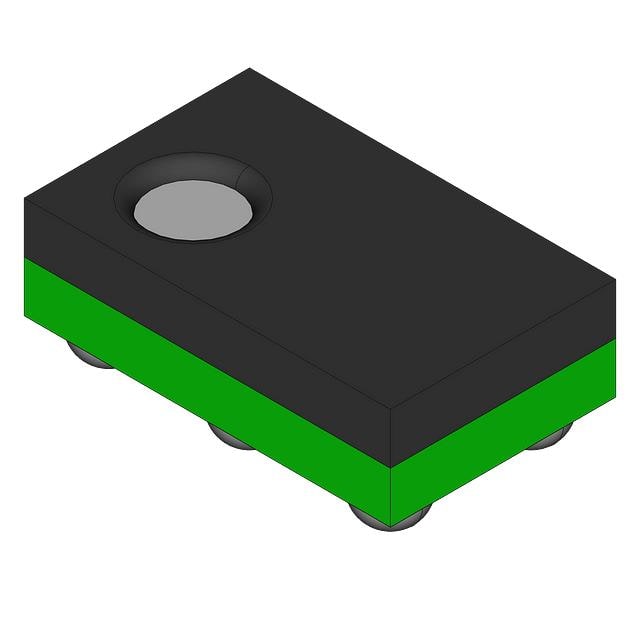
-
IP5002CX8/P135
NXP USA Inc.

-
ADAU7002ACBZ-RL
Analog Devices Inc.
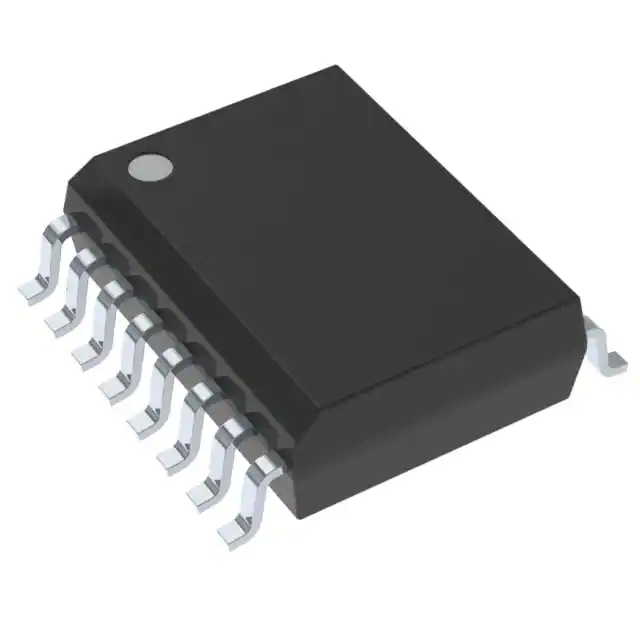
-
PGA2320IDW
Texas Instruments
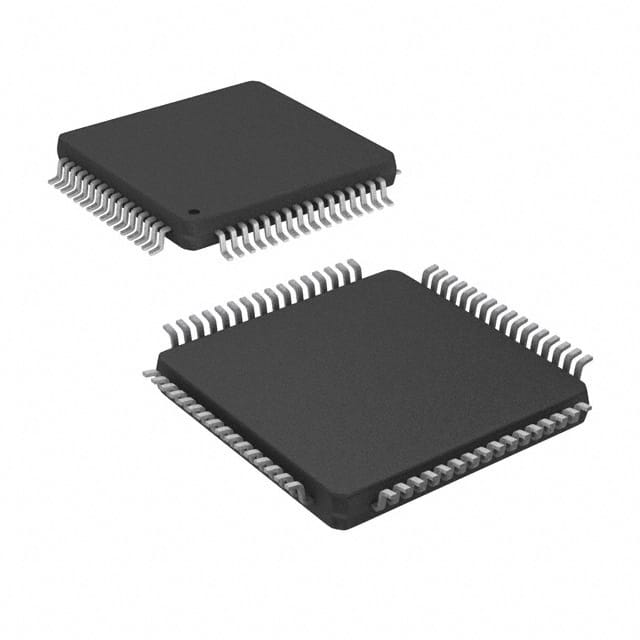
-
SRC4184IPAG
Texas Instruments
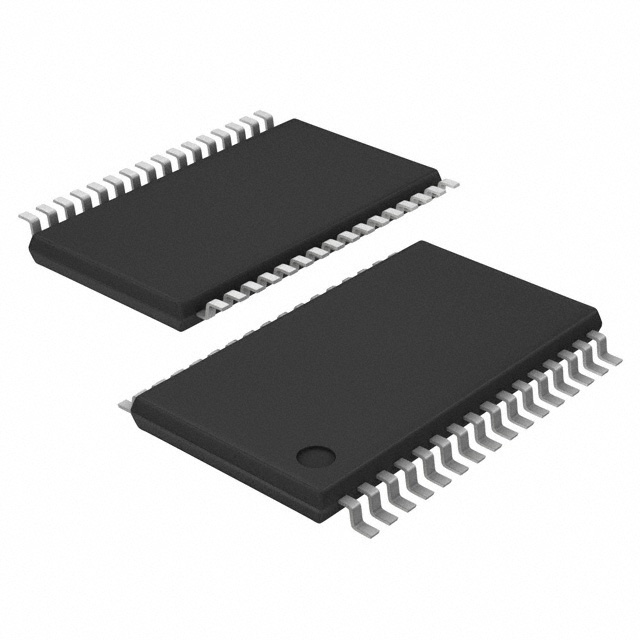
-
MUSES72320V-TE2
Nisshinbo Micro Devices Inc.
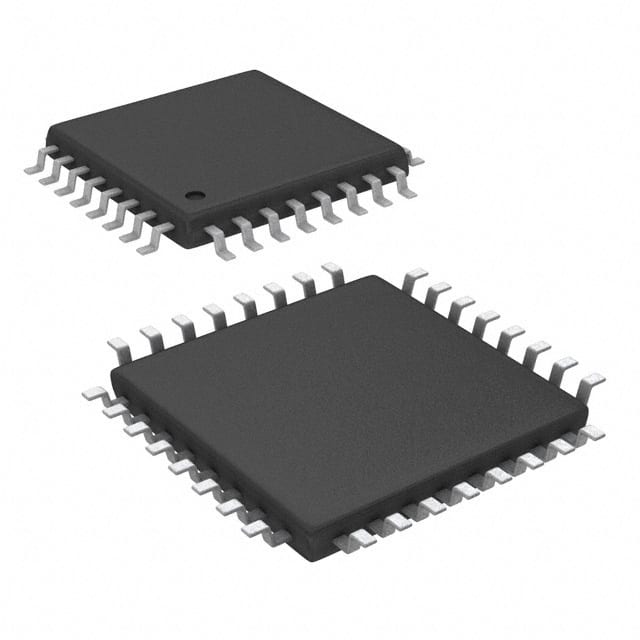
-
PCM2706CPJT
Texas Instruments
 Upload BOM
Upload BOM

